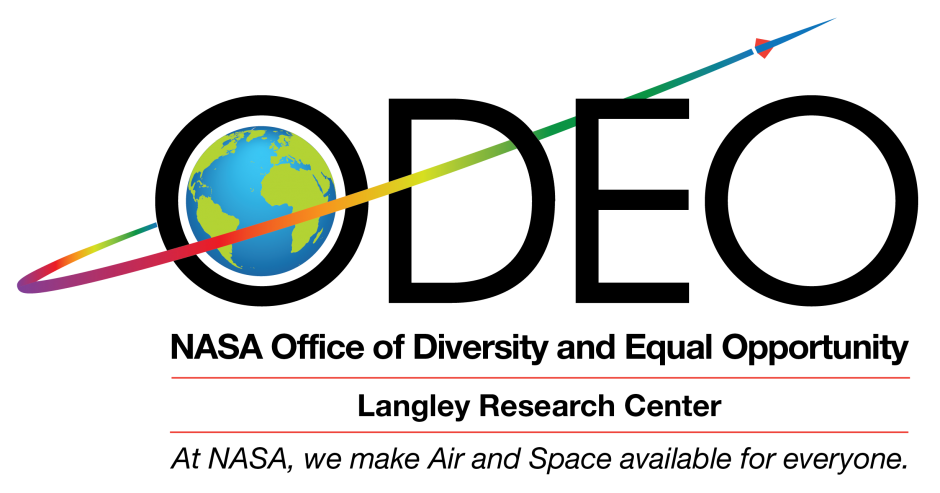
|
|---|
Former NASA Space Medicine Chief [Retired 2004]
Dr. Nitza Margarita Cintron, chief of NASA’s Johnson Space Center (JSC) Space Medicine and Health Care Systems Office, is a long way from her native Puerto Rico. Her plan to stay at NASA for only two years resulted in a 26-year career.
“NASA has provided me the opportunity to grow,” Cintron said. “And of course I wouldn’t be here if I didn’t believe in what we do. I have space medicine and science in my soul.”
Cintron was inducted into the Hispanic Engineers National Achievement Awards Conference’s (HENAAC) Hall of Fame on Oct. 7, 2004 during its 16th Annual Conference. The Hall of Fame was established in 1998 to recognize the contributions of Hispanics in science, engineering and technology. With Cintron, its membership numbers 25.
“It’s HENAAC’s purpose to work towards involving Hispanic school kids in science, math and engineering, and make it real to them, to show them that it’s not such a faraway goal,” Cintron said. “Being involved in HENAAC is one way ofbeing able to give back, and I think that’s very valuable.”
Cintron came to NASA after reading a recruitment announcement for the first Mission Specialist positions in the Astronaut Corps. She was in the last phases of completing her Ph.D. and was excited about the possibility of scientists in space. Although she was one of the finalists, due to her eyesight, she was not selected for the corps.
However, she was offered a position as a NASA scientist. That was in 1978. Since then, she has held increasingly responsible positions at JSC. She was originator of the center’s biochemical laboratory in 1979. She served for six
years as project scientist for the Spacelab 2 mission, launched aboard the Space Shuttle Challenger in July 1985.
Cintron served as chief of the Biomedical Operations and Research Branch in the Medical Science Division and later held responsibility as director for managing the Life Sciences Research Laboratories in support of medical
operations. She assumed her present position earlier this year.
Education / Background
Born in San Juan, Puerto Rico, Cintron holds a Ph.D. in biochemistry and molecular biology from Johns Hopkins University, Baltimore and an M.D. degree from the University of Texas Medical Branch in Galveston, Texas.
Although born in Puerto Rico, as a small child, Cintron traveled with her military father and family throughout Europe. The family returned to Puerto Rico when she was in elementary school. She attended high school in Santurce,
Puerto Rico, and college at the University of Puerto Rico, Rio Peidras. Throughout her young life, she was fascinated by the sciences, especially absorbed by biology, chemistry, astronomy and space.
“I always dreamed of being a scientist. Space was high in my readings, but it didn’t become a reality until I was in college and then graduate school, when I read the announcement recruiting scientists to the Astronaut Corps,”
said Cintron.
Cintron has published scores of papers and holds numerous awards. Among them is the JSC Director’s Commendation and Innovation Award, the center’s highest award for civil servants.
Cintron’s advice to young people is, “In everything you do, always do you very best, be your very best. Everyone has skills and talents, and if you do your very best with them, you will always be a winner.”
NOVEMBER 2004 / RETIRED
|
NASA Johnson Space Center (JSC) is located in Houston, Texas; it was established in 1961 as the Manned Spacecraft Center. The Center was renamed in 1973 in honor of the late President Lyndon B. Johnson. NASA JSC serves as the lead NASA center for the International Space Station — a U.S.-led collaborative effort of 16 nations, and the largest, most powerful, complex human facility to ever operate in space. NASA JSC is also home to the NASA astronaut corps, and is responsible for training space explorers from the United States and our space station partner nations. As such, it is the principal training site for both space shuttle crews and International Space Station Expedition crews. For more information, visit NASA Johnson Space Center home page. |

